English has all sorts of emotive metaphors for how we feel about the ground. We’re floored. Or well grounded. Or earthbound. Life’s a minefield, so watch where you step. Stay on your toes. One moment we’re walking on air, next brought down to earth. Which is not at all the same as being down-to-earth.
We have a fractious, if necessary, relationship, then, with the floor. Dancers even more so. If you were watching the Bolshoi’s live cinema relay of Giselle on Sunday, you will have seen its hyper-exquisite prima ballerina Svetlana Zakharova come clattering down in a most unghostly fashion in Act 2. Giselle has floored many a ballerina — Sylvie Guillem also fell over in her London debut, while an effusiveness of dry ice unforgettably brought the Royal Ballet’s Nicola Tranah down three times in a single scene.
In Giselle, the floor is a resonant representation of peasant earth in Act 1, but has to vanish magically from our perception in the haunted wood of Act 2. If she falls over, bang, the floor has killed it. Even the brooding eyes and stupendous entrechats of the Royal Ballet’s lost boy Sergei Polunin, whose soul is seemingly now at rest in Russia, could not make the ground vanish again.
I found myself thinking a lot about the floor’s significance in choreography during Birmingham Royal Ballet’s celebratory triple bill at the Birmingham Hippodrome last week. BRB is this month marking 25 years since it upped sticks to the Midlands from London, where as Sadler’s Wells Royal Ballet it had been stuck with number two status to the Royal Ballet for too long. It performed a fitting demonstration of its range, old and new, Balanchine’s Theme and Variations, Ashton’s Enigma Variations and young Alexander Whitley’s Kin.
In Balanchine’s glistening 1947 classical showpiece to Tchaikovsky’s poignant music, the ballerinas hover on pointe and the men leap and beat their feet because the human being has been transformed into a creature of air by the premise of classical vocabulary. There is no earth, it’s all up, off and soar. Saturday night’s cast were on their toes mentally but were not precision-tooled in their feet and hands. Those meticulous airy fingers prescribed by Balanchine were hardly to be seen in the variety of bunched bananas and mittens, and you might as well ask for the moon as ask in Britain for feet like the Bolshoi, who stalk like cats on a hot tin roof.
By contrast Enigma Variations is almost a walking ballet, a characterisation of different ordinarinesses, upright earthbound citizens wearing Edwardian clothes, thinking about Sunday lunch, decorously flirting, cycling, waiting for the post. Created in 1968, the ballet is not ‘modern’ in the slightest. There is very little air-work, and when it happens it’s a shock. It’s both erotic and oddly disquieting when Mrs Elgar, starched and bustled in middle-aged propriety, leaps into Elgar’s arms, plunging so deeply that her skirt falls right down to her hip, baring her leg entirely.
And what was Ashton saying when he has her bow down to her husband’s feet, and later, when Elgar drops his telegram on the floor and points at it expecting her to pick it up in a charmingly obedient rustle of femininity? Underfoot is where the wife belongs. This deliberate motif contradicts the ballet convention that the women belong in the air. It’s part of the genius of Ashton, the gay master-psychologist, that he makes such subversive grace notes of hypocrisy.
BRB made a spirited ensemble, though handsome Dominic Antonucci is too good-tempered for the irritable, vain Elgar, and the minimalist Nimrod trio — where the parental generation shiver in anticipation of squabbles leading to wars — was less prescient than it might be.
Between these masterworks, Alexander Whitley’s Kin. shows five couples and three wardrobes, no idea why. It’s a well-cut contemporary-classical ballet made last year, which combines the talented young Whitley’s two pasts in Birmingham Royal Ballet and Rambert, elegant black togs against pale limbs, over a melodious string score by the New Yorker Phil Kline. It starts with a beautiful, aching, backward-arcing solo for a woman, in which she seems helplessly magnetised by the floor, blown down to it over and over. There’s also an expressive lightness of foot in much of the ensemble, but the lucidity is muddied in places by some workaday collapsing to the ground and overcomplex wrapped lifts of women by men that are hard to dismount from without a thump.
Very good playing by the Royal Ballet Sinfonia throughout confirmed one of the strengths of David Bintley’s 20-year stewardship of Birmingham Royal Ballet, its musical standards. What did BRB need to accomplish in its move away from London? To leave with confidence, not sidle away defensively. With Peter Wright’s terrific production values (to be seen in the Swan Lake staging this week on BRB’s visit to Sadler’s Wells), even if BRB doesn’t show itself among the world’s stylistic aristocrats, and even if Bintley himself is too variable a choreographer, a visit to Birmingham is persistently rewarding.
Got something to add? Join the discussion and comment below.
Get 10 issues for just $10
Subscribe to The Spectator Australia today for the next 10 magazine issues, plus full online access, for just $10.
You might disagree with half of it, but you’ll enjoy reading all of it. Try your first month for free, then just $2 a week for the remainder of your first year.

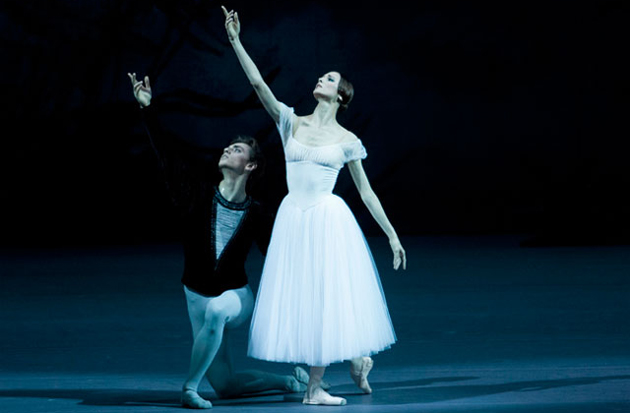
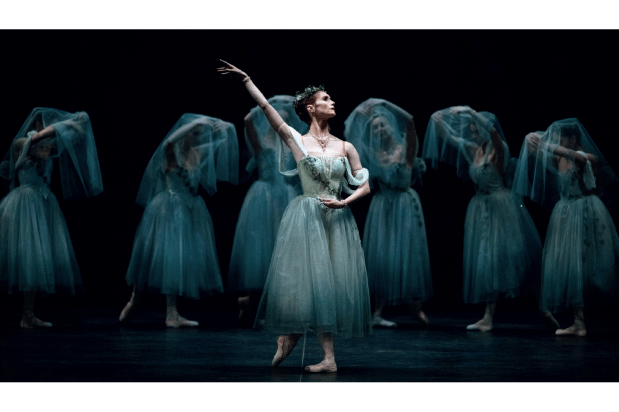
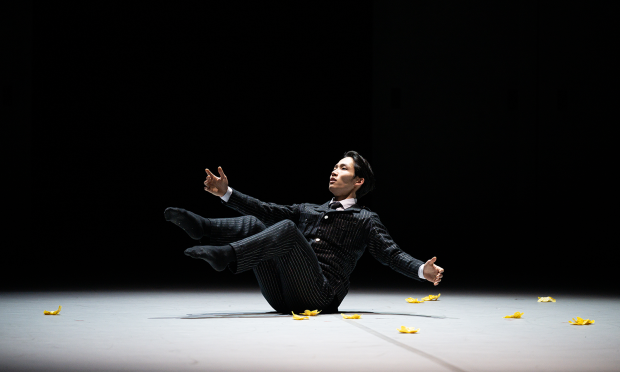
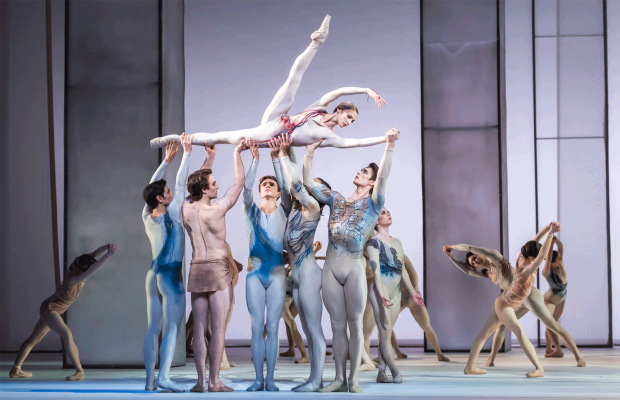

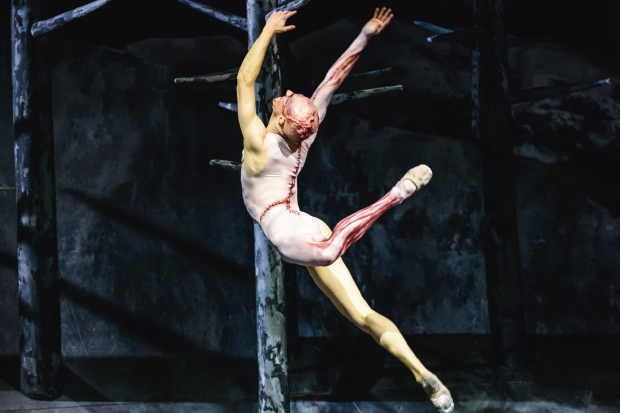
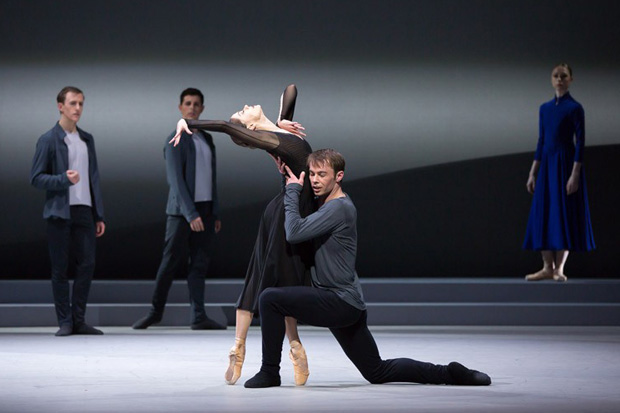






Comments
Don't miss out
Join the conversation with other Spectator Australia readers. Subscribe to leave a comment.
SUBSCRIBEAlready a subscriber? Log in